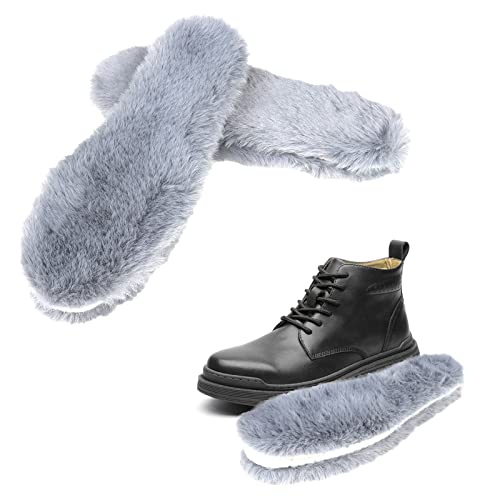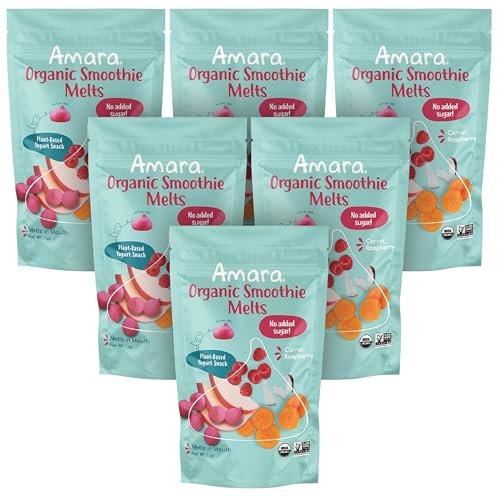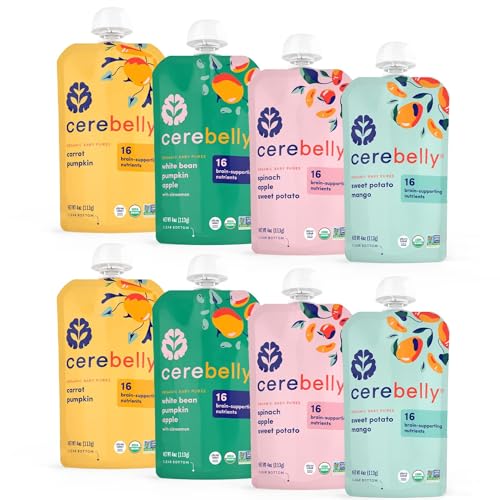Susie570
Well-known member
DBA":1wap4pbg said:Thanks for the informative thread, unfortunately, I am still as confused as ever.
So the terms, lt brown, dark brown, white, off white, black, reddish, gray, mixed, and tannish reddish blackish brown are not acceptable?
It's going to be WAAY more informative, and easy to understand, when I get finished.


















































